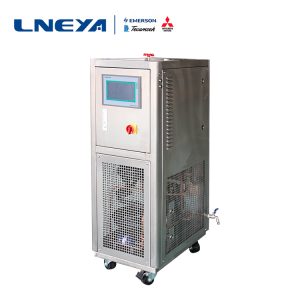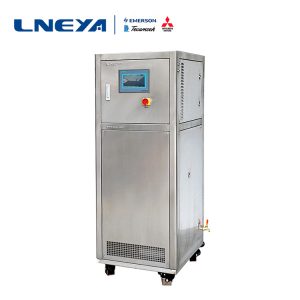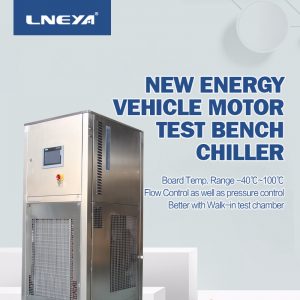Comparison of Three Test Methods for Low Temperature Chamber
The method of guaranteeing the fluctuation of uniformity in high and low temperature test box is to adopt the wind circulation mode, in which the motor drives the fan to produce the wind circulation, thus forming the direction of wind speed. Non-forced air circulation test is a kind of test to simulate the influence of free air conditions, which is more suitable for the test of heat dissipation test samples. When forced air circulation is not used or test conditions are not guaranteed, forced air circulation can be used. One of the methods used in the test chamber is large enough to meet the test requirements without forced air circulation, but the required low temperature can not be maintained without forced air circulation in the chamber. Forced air circulation is required for refrigeration or heating of low temperature chamber.
2. Non-heat dissipation test samples and heat dissipation test samples
When the temperature of the test sample is stable during the conditional test period, the hottest spot temperature on the surface of the test sample is higher than the ambient atmospheric temperature by 5 degrees under the condition of free air, which is considered to be heat dissipation, whereas the non-heat dissipation test sample is considered to be heat dissipation. All the storage test and the test period without power or load, the test samples are non-heat dissipation test samples, the test using low temperature test method.
3. Non-heat dissipation test samples
Temperature gradient test of low temperature chamber(the former is a rapid temperature change test box and the latter is a cryogenic tester).
(1) Temperature gradient test: first, test samples with room temperature are put into the same room temperature test box. Then turn on the cold source to gradually cool the temperature in the box to the specified test temperature. If the test sample is too large or too heavy, or because of the complex functional test wiring, it can not be put into the cryogenic chamber without frosting in the catastrophe test, the test should also be used.
(2) Temperature catastrophe test: first adjust the temperature of the test chamber to the specified test temperature, and then put the test sample with room temperature. This test method is applicable when the known temperature abrupt change does not produce operation on the test sample.
Related recommendations
-
Semiconductor laser automatic temperature control equipment accessories fault solution
1745Semiconductor laser automatic temperature control compressor frosting, may be circulating water circulation or valve is not open, check the water valve, all pipelines, to ensure smooth, install short-circuit pipeline. It may be that the circulatin...
View details -
High and low temperature device related instrument maintenance instructions
1616The liquid medium should be added before the high and low temperature circulation device is used. The liquid medium generally uses more than 95% alcohol, and the liquid medium cannot be lower than the working plate 20mm. The high and low temperatu...
View details -
What is the thermal chuck temp control system used for semiconductor testing?
1731The integration of temperature control systems and heat cartridges is mainly used in the testing process of the semiconductor industry, serving the following key purposes: Wafer Acceptance Test (WAT): After the completion of semicond...
View details -
Hybrid car battery test equipment cooling capacity description
1556Due to insufficient insulation thickness of the hybrid vehicle battery test equipment and pipeline or damage to the insulation layer, the loss of cooling capacity is increased, which affects the cooling effect. In the operation of the hybrid vehic...
View details
 LNEYA Industrial Chillers Manufacturer Supplier
LNEYA Industrial Chillers Manufacturer Supplier













